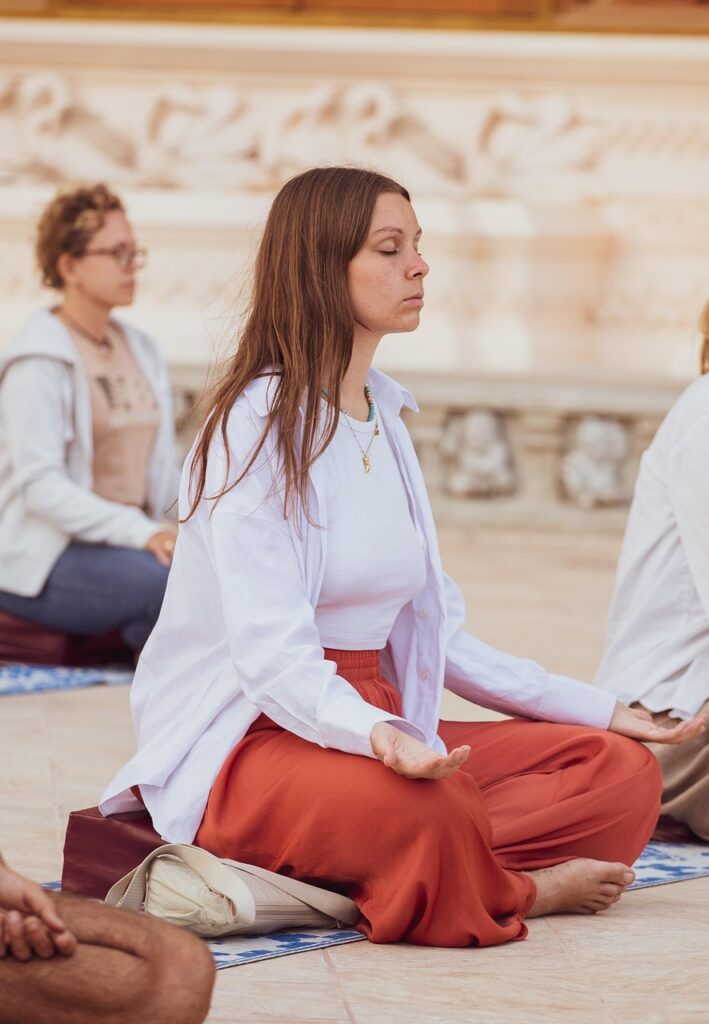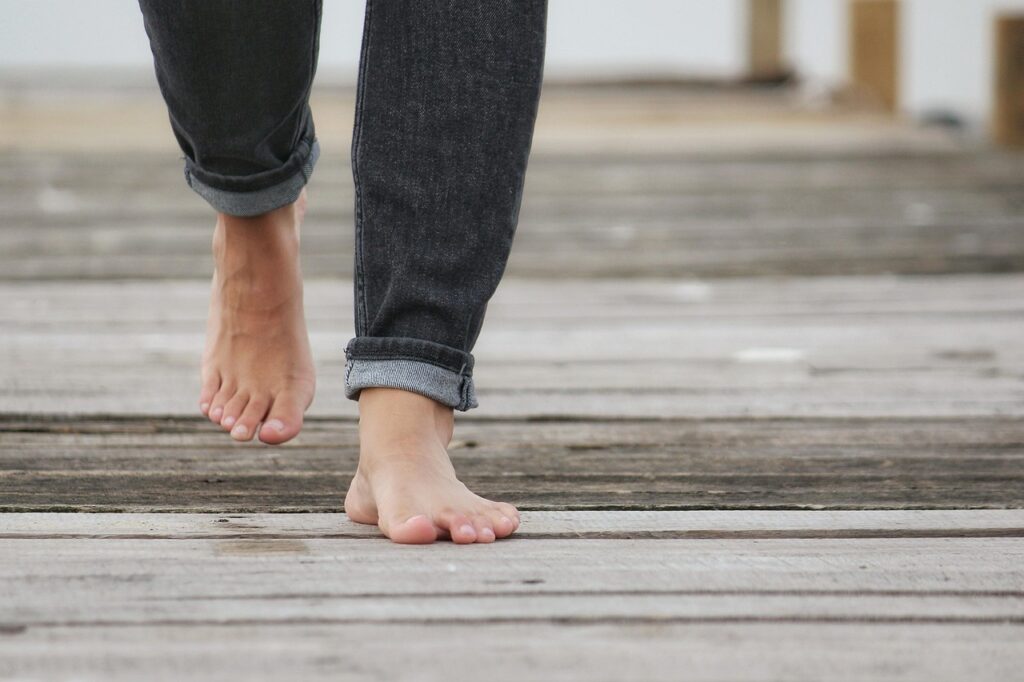Experiencing discomfort in meditation is one of the biggest reasons people don’t maintain a steady practice. The discomfort could be physical – a pain from an injury, tingling in the extremities, hunger and a sudden desire to eat.
But the discomfort could be more emotional in nature. After all, sitting quietly and with one’s self can bring up thoughts and images you may not have faced in a while – if ever. What’s more, some of the emotional issues can translate into physical symptoms.
As with anything, the more you practice meditation, the easier it becomes. This doesn’t mean you’ll never experience discomfort again. It’s more that you’ll be able to sit with it more effectively. And given all the benefits of meditation, it’s a pretty fair trade-off.
Isn’t Discomfort in Meditation Sort of the Point?

There’s a widely circulated misunderstanding that meditation is supposed to be uncomfortable. As though it’s some form of spiritual torture. It’s also widely misunderstood that you must sit in a pretzel-like position with a ramrod straight spine for it to “work.” Neither of these is true.
Yes, if you approach it with these notions, you will likely feel some discomfort. And the more you try to resist it, the more it will persist. So when you’re setting out to start a meditation practice, get comfortable. You can sit up tall in a chair or on a couch. Maybe you need to lie down. That’s okay.
When you’re learning the practice, you want to start as comfortable as possible. Don’t worry. You’ll still feel sensations in the body. As long you’re not experiencing intense pain, you can learn how to be with these sensations. Start by establishing a home base. This is something you can keep coming back to when your mind wanders way off track. You can focus on your breath, your hands, the hum of the refrigerator, whatever.
And while falling asleep is not ideal, it does happen. No worries. Provided it’s not happening every time, you’re still building your practice. If it is happening every time, you may want a position that’s not quite so comfortable. From there, consider the following:
1. Impatience Happens
Many people new to practicing meditation report feeling impatient. They feel unproductive and want to just get it over with and get on to the next thing. Or they may think their practice isn’t progressing quickly enough and they don’t see the point in coming to sit each day and be with themselves.
These are merely thoughts. They were created by your mind whose survival is based on churning out thoughts. Some of these thoughts are helpful. Many are not. One of the beautiful things about meditation is you begin to see which thoughts are not serving you. Then you get a chance to practice letting go of some of those. Even if they come back later. Over time, you’ll be able to recognize those unhelpful thoughts more quickly and avoid latching onto them.
Speaking of thoughts…
2. Thinking Is NOT Against the Rules
Another big misunderstanding is the notion that meditation is about clearing your head and emptying the mind. People are under the misperception that they aren’t supposed to think or feel during meditation and that if they do, then they’re doing it wrong.
If you go into meditation with such a lofty (and frankly impossible) goal, you’re bound to get upset when it doesn’t happen. And here’s the thing – it’s never going to happen.
Meditation allows you to notice and observe your thoughts and feelings, perhaps label them, and see them from a new perspective as something outside of you. Yes, witnessing some of those thoughts and feelings can be distressing and even bring discomfort. But you just keep practicing coming back to your home base – over and over again – until one day it gets easier.
3. It’s Okay to Move

There will always be die-hard meditation practitioners who believe there’s only one rigid and strict way to practice meditation. And if your first experiences were with someone like that, you were bound to feel discomfort within those confines.
We encourage you to come at mediation with a more open mind. You could do some light stretches or gentle movements before you sit down to help your body get more relaxed. If that doesn’t help, you are ALLOWED to do moving meditations as well.
For some, learning to deal with the initial discomfort of meditation begins with mindful walking meditations where you notice each step you take and experience the sensation of your feet connecting with the ground. Or perhaps you sway your body in a natural way to connect with the flow of life. These are all completely fine.
4. Go for Progress, Not Perfection
Finally, if you’re determined to become “a meditator” and are gritting your teeth through a 30-minute practice each day, no wonder you’re experiencing discomfort.
Consider starting small and then focusing on consistency. You might find even a couple of minutes feels like a lot. So start with that and commit to doing a couple of minutes each day until you feel ready to add more time. Consistency is more important than nailing long sessions. The regularity will make it easier to meditate without all of that pesky resistance that’s part and parcel of a new practice.
And don’t worry how long you end up meditating each day. Just stick with it. You might even want to work with a life coach who will help keep you on track and hold you accountable.
You CAN Handle Discomfort in Meditation
The benefits of mediation may not be immediate, but they do accumulate with practice. So be patient with yourself when working with discomfort in meditation.
Just know that each time you practice, you’re training your mind to become more comfortable with the process of showing up for yourself. It’s a gift of self-care and rest.
If you’re curious about exploring meditation and other mindfulness practices, contact us today. We can tailor a program for you and/or your organization to get you started on the journey to a more mindful life.



